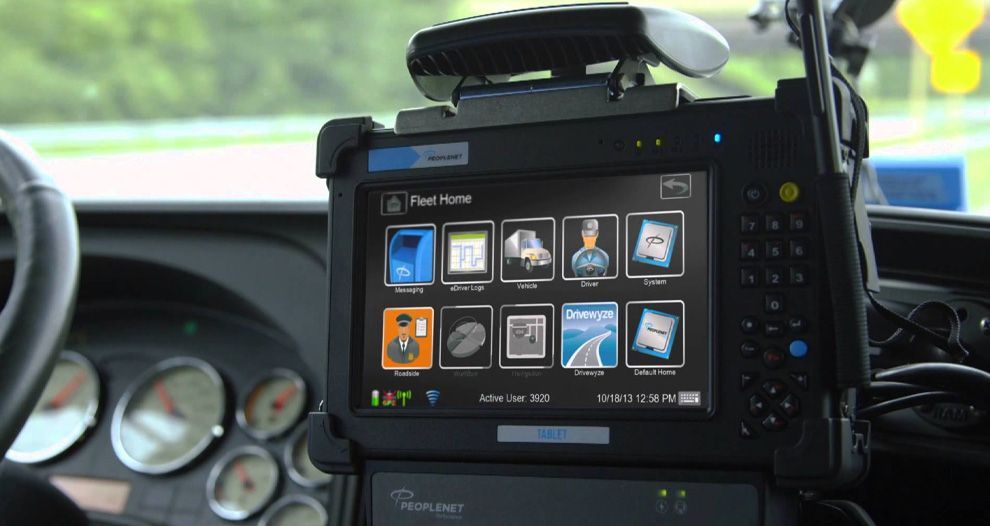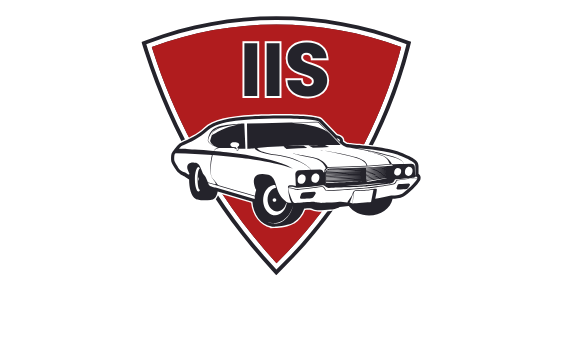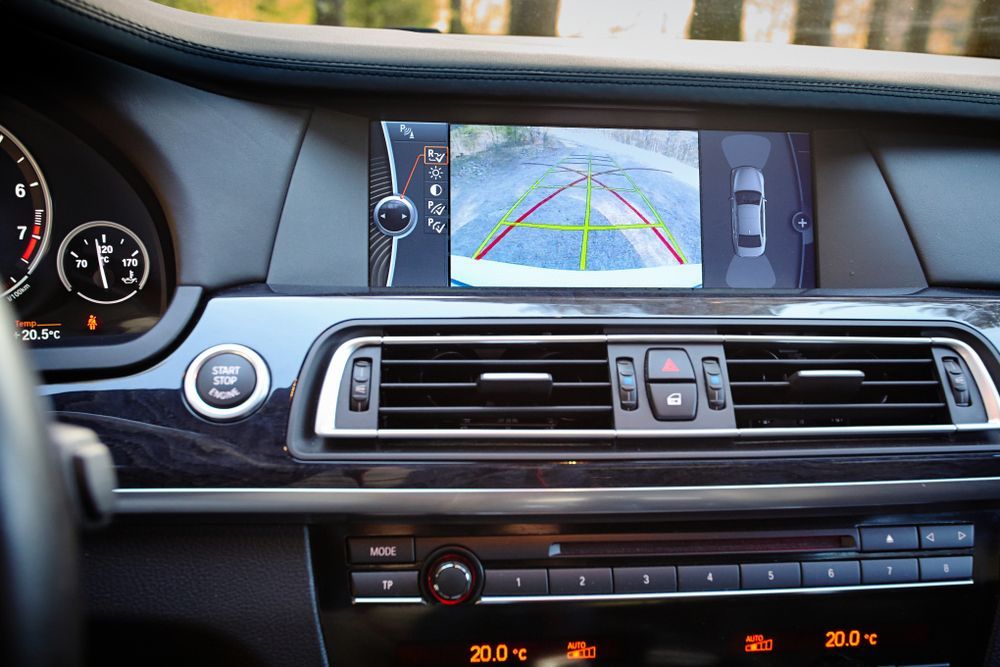What Is an ELD? A Truck Driver’s Guide to Compliance in 2025
The ELD Rule Isn’t Going Anywhere

If you’re a truck driver or fleet operator in the U.S., you’ve probably heard the term “ELD” more times than you can count. But do you fully understand what it is, how it works, and why it's crucial for both compliance and business efficiency in 2025?
At InVehicle Infotainment Services, we install ELDs across fleets and single trucks every week—and we’re constantly fielding questions about rules, equipment, and functionality. This blog answers it all.
What Is an ELD?
ELD stands for Electronic Logging Device. It’s a piece of in-vehicle hardware that automatically records a commercial driver’s Hours of Service (HOS), replacing the old paper logbooks that were once the industry standard.
The ELD connects directly to a truck’s engine via the OBD-II or J1939 port, tracking when the engine is running, when the vehicle is moving, and how long the driver has been on duty or resting.
Why Are ELDs Required?
ELDs are mandated under the Federal Motor Carrier Safety Administration (FMCSA) ELD rule, which went into effect in 2017. The goal: to improve road safety by preventing driver fatigue, enforcing accurate HOS tracking, and eliminating falsified logs.
As of 2025, almost all commercial motor vehicles operating in interstate commerce are required to have a registered ELD unless they qualify for one of a few exceptions (which we’ll cover shortly).
What Does an ELD Track?
A properly installed and FMCSA-registered ELD automatically records:
- Driving time
- Engine hours
- Vehicle movement
- Location data (every 60 minutes)
- Duty status changes (Driving, On-Duty, Off-Duty, Sleeper Berth)
- Miles driven
- Identification info (driver, carrier, truck)
Who Must Comply with the ELD Mandate?
If you’re a driver or fleet operator required to maintain RODS (Records of Duty Status), you’re most likely required to use an ELD. This includes:
- Long-haul and short-haul truckers
- Bus and passenger transport drivers
- Owner-operators
- Fleet companies operating across state lines
ELD Exemptions (as of 2025):
You may be exempt from ELD requirements if:
- You use paper logs
8 days or less in a 30-day period
- You operate in a
driveaway/towaway operation
- Your vehicle is
older than model year 2000
- You’re operating
entirely within a 150 air-mile radius (and meet short-haul exemption requirements)
Not sure if you qualify? We help many of our clients determine whether their fleet or vehicle requires an ELD.
What Happens If You Don’t Use One?
If you're required to have an ELD but fail to comply, here’s what could happen:
- Out-of-service violations at roadside inspections
- Fines and penalties from FMCSA or DOT
- CSA score impact for carriers
- Possible
loss of business or freight contracts
That’s why proper installation, activation, and training are just as important as choosing the right hardware.
What Features Should You Look for in an ELD?
While FMCSA compliance is required, different ELD systems offer different tools to make life easier. Here’s what many of our clients value most:
- Cloud-based reporting for fleet visibility
- Mobile app support for easy log viewing
- Alerts and violations warnings before HOS limits are reached
- GPS tracking for route optimization
- Driver Vehicle Inspection Report (DVIR) tools
- Tamper-proof design and audit trail capabilities
Top ELD Brands We Install and Recommend
As installers, we see what works best in the real world—not just what looks good in marketing.
1. Motive (formerly KeepTruckin)
User-friendly, FMCSA-compliant, and ideal for fleets of all sizes.
2. Garmin eLog
Simple, cost-effective solution for single drivers or small carriers. No monthly fees.
3. Samsara
Powerful cloud platform with live GPS, fuel monitoring, and multi-driver support. Fleet favorite.
4. Geotab Drive
Fully scalable ELD platform, strong data reporting features, and DVIR integration.
How Does ELD Installation Work?
Step 1: Assessment
We confirm your truck’s make/model and port type (J1939 or OBD-II) and help match you with a compatible ELD if you haven’t already purchased one.
Step 2: Installation
We hardwire or securely mount the device, connect it to the ECM, and ensure the power draw is safe. Our installs are discreet, tidy, and built to last.
Step 3: Configuration
We help pair the unit with the mobile app or fleet platform, run a system test, and make sure it’s communicating with the cloud.
Step 4: Driver Walkthrough
Before we leave, we walk you or your drivers through how to use the device, switch duty statuses, and respond to inspections.
Frequently Asked Questions
Q: Can I install an ELD myself?
Yes, some systems are plug-and-play. But if you want hardwired power, tamper protection, or multi-device setups, professional installation is highly recommended.
Q: How long does it take to install an ELD?
Most installs take 30–60 minutes per vehicle. Fleet installs can be scheduled in batches.
Q: Will it drain my battery?
No. We route power correctly to ensure the ELD only runs when appropriate. Many units have low-voltage protection built in.
Q: Can one ELD unit support multiple drivers?
Yes. Most cloud-connected platforms allow easy driver switching via app or log-in screen.
Why Professional Installation Matters
As an installer, we’ve seen:
- Units that fall off mid-trip because of poor mounting
- Drivers confused about how to switch status
- Devices that lose power due to poor connections
- Incorrect pairings between apps and hardware
With a professional install, you eliminate all that hassle. We get it done right the first time, ensure compliance, and make sure you (or your drivers) know how to use the system before they hit the road.
Get ELD-Ready Today
If you're still using paper logs—or if your current ELD setup is unreliable—it’s time to upgrade. We install trusted ELD systems for:
- Long-haul trucking fleets
- Box truck operations
- Independent owner-operators
- Mixed-use commercial vehicles
We come to you—serving all of MA, NH, NY, VT, ME, and RI.
Call: (508) 215‑9174
Email: richardmud48@gmail.com
Book Online: Contact Us

